In a world dominated by Instagram hotspots and overcrowded tourist attractions, truly remarkable places often remain hidden in plain sight. These destinations offer authentic experiences, breathtaking scenery, and cultural richness without the overwhelming crowds that plague more famous locations. They represent travel as it should be—surprising, genuine, and transformative.
Here is a list of 20 under-the-radar destinations that deserve much more attention than they currently receive.
Comporta, Portugal

Just 90 minutes south of Lisbon lies a stretch of pristine coastline that locals have managed to keep relatively secret from international travelers. Comporta combines miles of undeveloped beach with rice paddies, pine forests, and a laid-back atmosphere that feels worlds away from the Algarve’s tourist centers.
The simple whitewashed buildings and thatched-roof beach bars maintain a rustic charm largely untouched by luxury developers.
Matera, Italy

This ancient city in southern Italy features cave dwellings carved into limestone cliffs that have been continuously inhabited for over 9,000 years. Once considered the ‘shame of Italy’ for its extreme poverty, Matera has undergone a remarkable transformation into a UNESCO World Heritage Site without losing its authentic character.
The stone labyrinth of the Sassi districts glows golden at sunset, creating an otherworldly landscape unlike anywhere else in Europe.
Like Travel Pug’s content? Follow us on MSN.
Kuelap, Peru
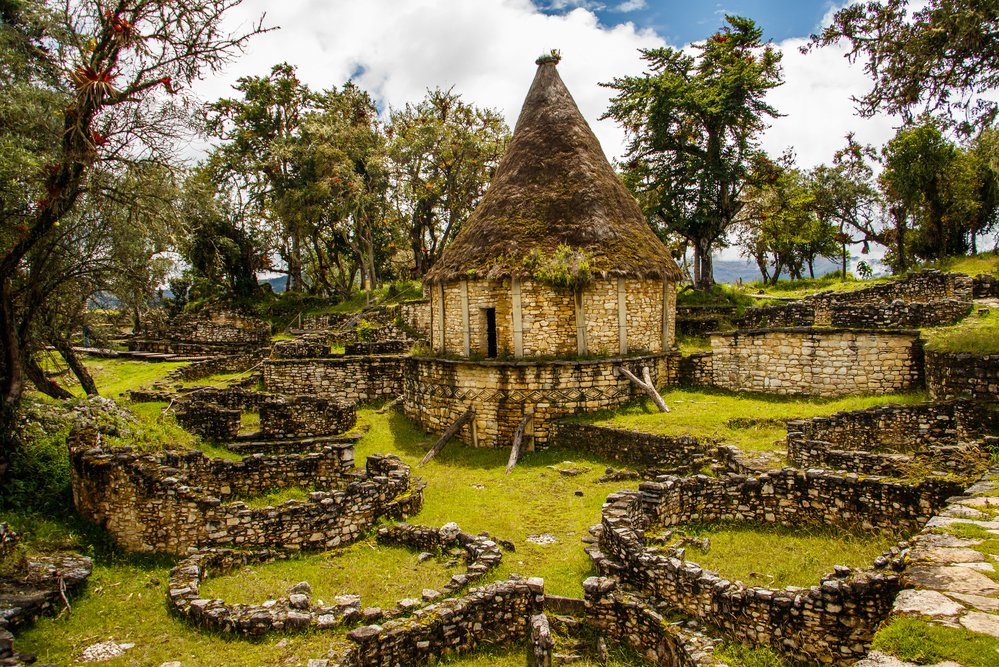
While Machu Picchu draws massive crowds, this spectacular pre-Incan fortress sits quietly in northern Peru’s cloud forests with a fraction of the visitors. Built by the Chachapoyas culture around 500 AD, Kuelap’s massive stone walls and circular buildings perch dramatically at 10,000 feet above sea level.
The surrounding area offers encounters with local communities whose traditions remain largely unchanged for centuries.
Gocta Falls, Peru

This two-tiered waterfall remained virtually unknown to the outside world until 2005 despite ranking among the tallest waterfalls on earth at 2,531 feet. Located in a remote region of northern Peru, Gocta Falls holds spiritual significance for local communities who believed speaking about it would bring bad luck.
The moderately challenging hike through cloud forests reveals stunning views and hosts an impressive diversity of bird species.
Tusheti, Georgia

Accessible only by a single treacherous mountain road open just four months each year, this remote region in the Caucasus Mountains remains one of Europe’s last truly wild places. Stone defensive towers rise from alpine meadows where shepherds maintain centuries-old traditions during the brief summer months.
The complete absence of development creates a rare opportunity to experience the hospitality culture that defines Georgian identity without modern distractions.
Like Travel Pug’s content? Follow us on MSN.
Viñales, Cuba

This verdant valley in western Cuba showcases a landscape where tobacco farmers use traditional methods that have been unchanged for generations. Limestone karst formations known as mogotes rise dramatically from the valley floor, creating a landscape that earned UNESCO recognition.
Local farmers welcome visitors into their homes, demonstrating how they roll Cuba’s famous cigars by hand while explaining cultivation practices passed through families for centuries.
Meghalaya, India

This northeastern Indian state receives some of the highest rainfall on earth, leading locals to engineer remarkable living bridges by training the roots of rubber trees across rivers. These botanical structures grow stronger over time, with some spanning over 100 feet and supporting the weight of dozens of people.
The Khasi people’s sustainable relationship with their environment offers profound lessons in working with nature rather than against it.
Gobi Gurvansaikhan, Mongolia
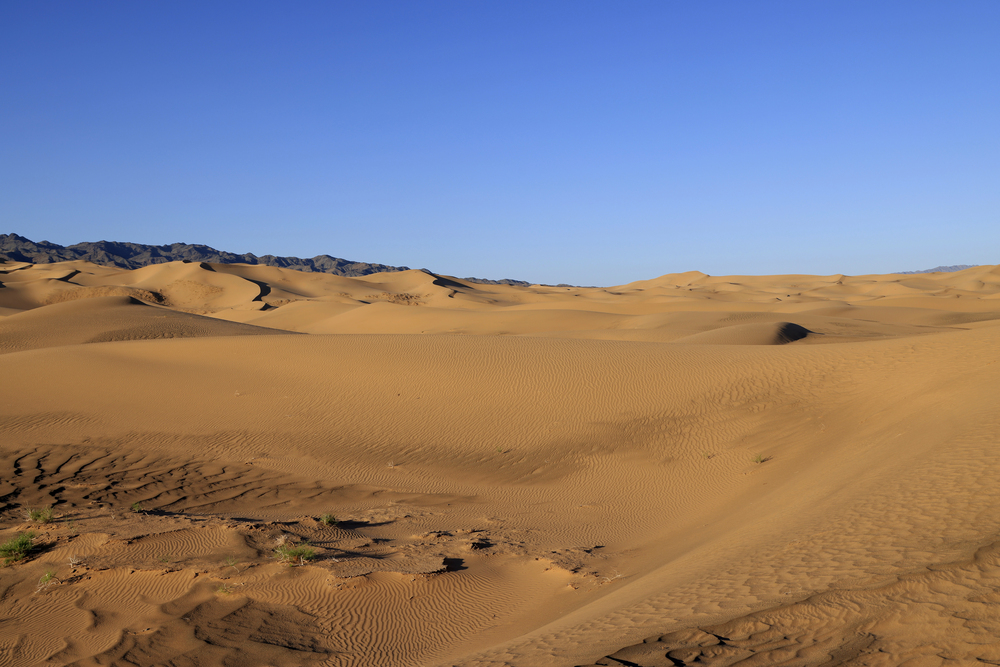
This national park in southern Mongolia presents an unexpected landscape of ice-filled gorges hidden within one of Asia’s largest deserts. Nomadic families continue traditional herding practices across vast uninhabited expanses, welcoming travelers into their portable ger homes with dairy-based foods and fermented mare’s milk.
The absence of light pollution creates night skies of unimaginable clarity, with the Milky Way stretching horizon to horizon.
Like Travel Pug’s content? Follow us on MSN.
Djenné, Mali

This ancient trading hub features the world’s largest mud-brick building—a magnificent mosque that local residents completely replaster by hand each year in a community festival dating back centuries. The Monday market draws people from throughout the region, creating a vibrant atmosphere where traditional crafts and agricultural products exchange hands much as they have for a thousand years.
The entire town constitutes a living museum of Sahelian architecture and West African cultural practices.
Socotra, Yemen

This isolated island in the Arabian Sea developed unique plant species found nowhere else on earth, including the iconic dragon’s blood trees with their distinctive umbrella shapes. Nearly a third of plant life on Socotra evolved independently, creating landscapes that appear almost alien in their otherworldliness.
Despite political challenges on the mainland, the island maintains a peaceful atmosphere where semi-nomadic communities continue traditional fishing and herding practices.
Fernando de Noronha, Brazil
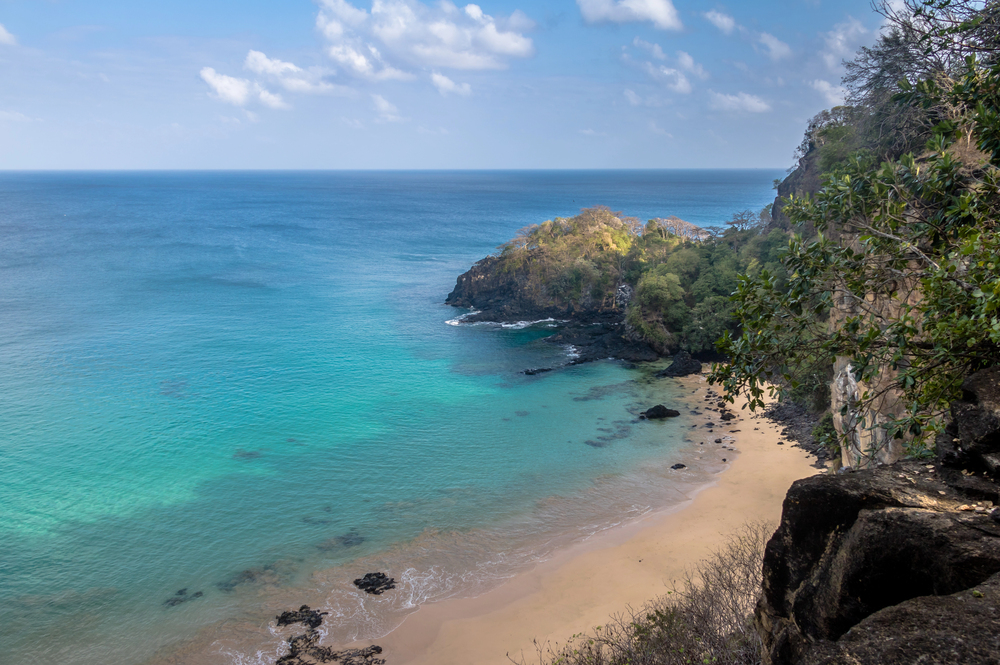
This remote archipelago 220 miles off Brazil’s coast limits visitors to preserve its extraordinary marine ecosystem and pristine beaches. Crystal-clear waters host the highest concentration of resident dolphins in the world alongside remarkable coral formations.
The Brazilian government designates over 70% of the islands as a national marine park, creating a rare example of sustainable tourism that prioritizes conservation over development.
Like Travel Pug’s content? Follow us on MSN.
Las Pozas, Mexico
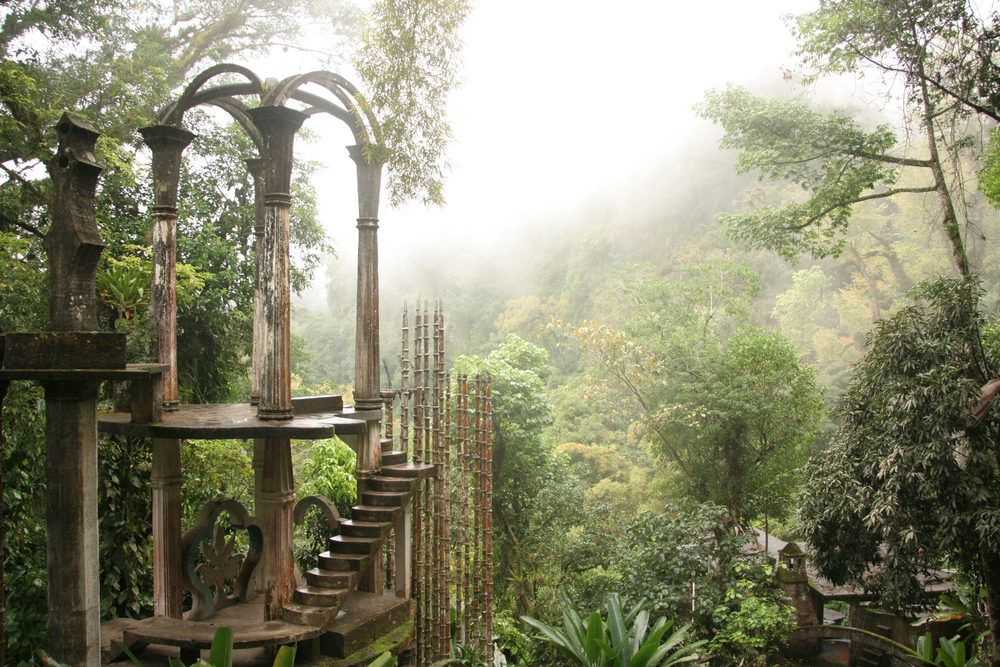
Deep in the Mexican jungle near Xilitla, an eccentric British aristocrat created a surrealist sculpture garden spanning 80 acres of tropical rainforest. Concrete structures reminiscent of ancient ruins intertwine with natural waterfalls and pools in a dreamlike environment that blurs the boundaries between architecture and nature.
The subtropical setting constantly reclaims parts of the installation, creating an ever-evolving relationship between human creation and natural processes.
Ladakh, India

Nestled between the Karakoram and Himalayan mountain ranges, this high-altitude desert region features ancient Buddhist monasteries perched dramatically on rocky outcrops. The stark landscape transitions between barren mountains and vibrant green valleys where traditional farming communities maintain practices adapted to one of the world’s most extreme environments.
Despite increasing tourism, many villages remain virtually unchanged from centuries past.
Aysén, Chile

This sparsely populated region of northern Patagonia contains some of South America’s most spectacular landscapes, with a fraction of the visitors found elsewhere in Chile. Marble caves carved by turquoise glacial waters, hanging glaciers descending through temperate rainforests, and fjords cutting deeply into the Andes create an outdoor paradise for adventurous travelers.
The recently established Route of Parks connects 17 national parks through one of the planet’s largest conservation efforts.
Like Travel Pug’s content? Follow us on MSN.
Faroe Islands

These 18 volcanic islands in the North Atlantic feature dramatic sea cliffs, quaint villages with grass-roofed houses, and a distinct Nordic culture shaped by centuries of isolation. Despite their remote location halfway between Iceland and Norway, the islands offer sophisticated infrastructure without overcrowded tourist sites.
The ever-changing weather creates magical lighting conditions that transform landscapes moment by moment throughout the day.
Lake Khovsgol, Mongolia
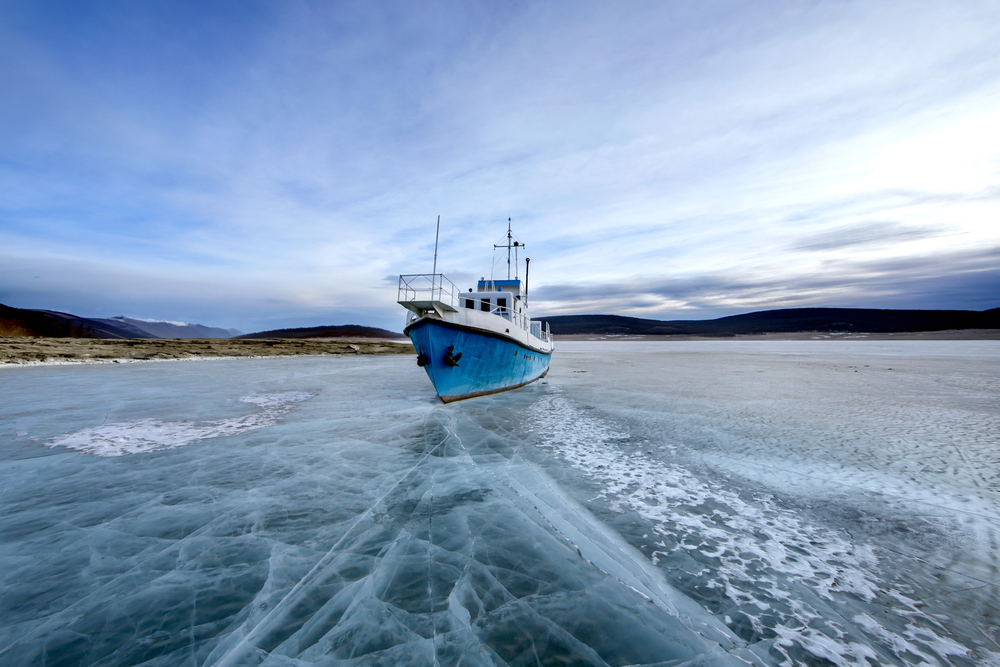
Often called ‘Mongolia’s dark blue pearl,’ this ancient lake contains nearly 70% of the country’s freshwater and remains remarkably pristine due to its remote location. Nomadic reindeer herders maintain traditional practices along shores ringed by boreal forests and flower-covered meadows.
During winter months, the lake freezes so solidly that locals create ice roads for horse-drawn sleighs to cross its 85-mile length.
Oribi Gorge, South Africa
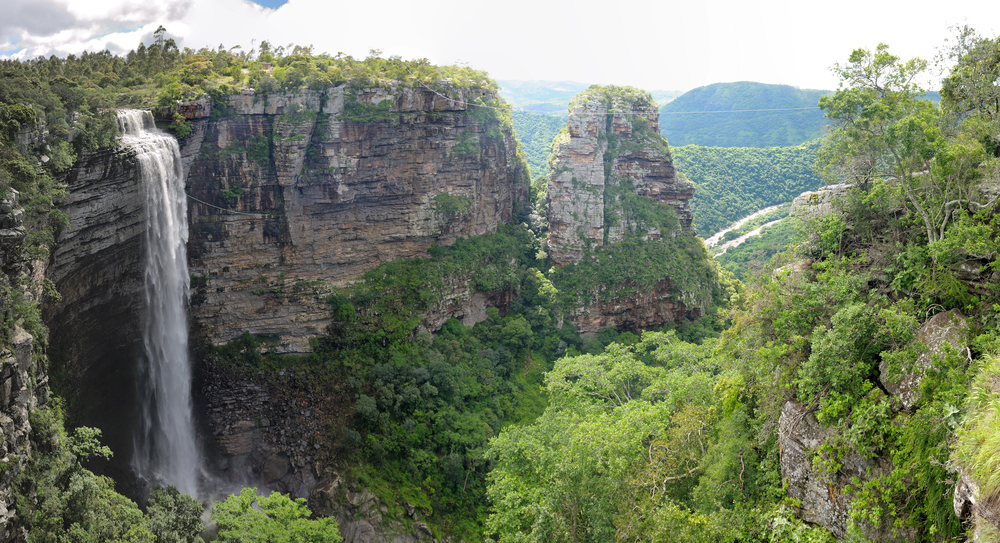
This dramatic canyon cuts through rolling hills about two hours south of Durban, featuring 1,000-foot sandstone cliffs draped with lush subtropical vegetation. The Umzimkulwana River winds through the gorge floor, creating habitats for leopards, eagles, and hundreds of bird species rarely spotted in more trafficked safari destinations.
Adventure activities include one of the world’s highest gorge swings for adrenaline seekers looking beyond Africa’s well-known wildlife parks.
Like Travel Pug’s content? Follow us on MSN.
Kao Sok, Thailand

This national park features a rainforest older than the Amazon, with limestone karsts rising dramatically from an artificial lake created by damming the Cheow Lan River. Floating bungalows provide accommodation directly on the emerald waters, allowing travelers to wake to morning mist rising from the lake against a backdrop of jungle-covered mountains.
Despite being accessible from popular beach destinations, the park remains relatively undiscovered by mass tourism.
Bale Mountains, Ethiopia
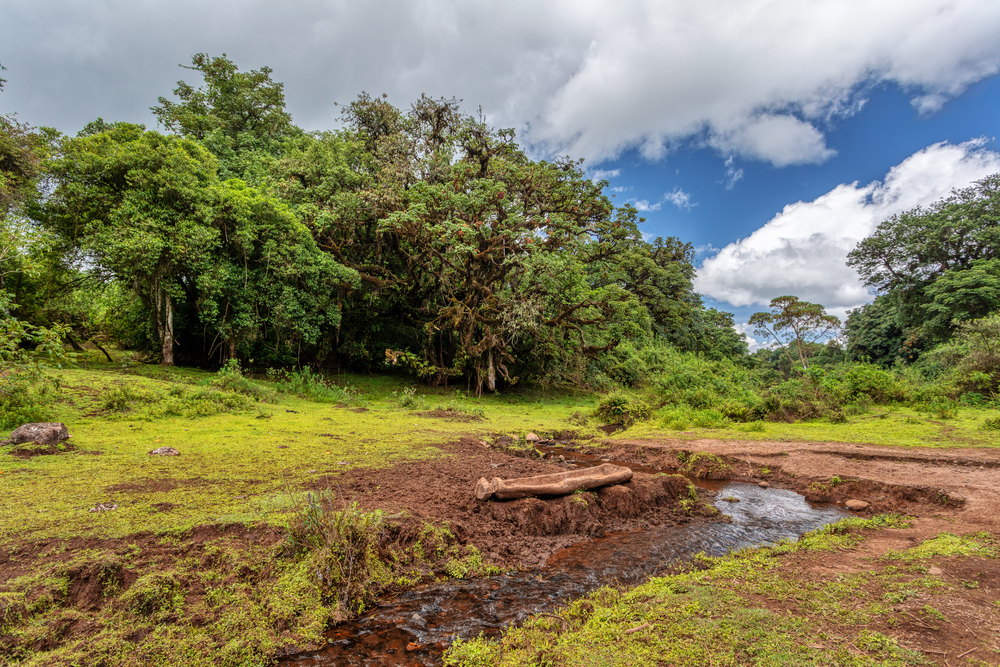
This high-altitude plateau hosts Africa’s largest alpine habitat and unique species, including the endangered Ethiopian wolf and mountain nyala. Ancient juniper forests transition to moorlands covered with giant heather plants that create otherworldly landscapes unlike anywhere else on the continent.
Orthodox churches dating back centuries dot the countryside, where traditional agricultural practices continue largely unchanged by modernization.
The Wave, Arizona
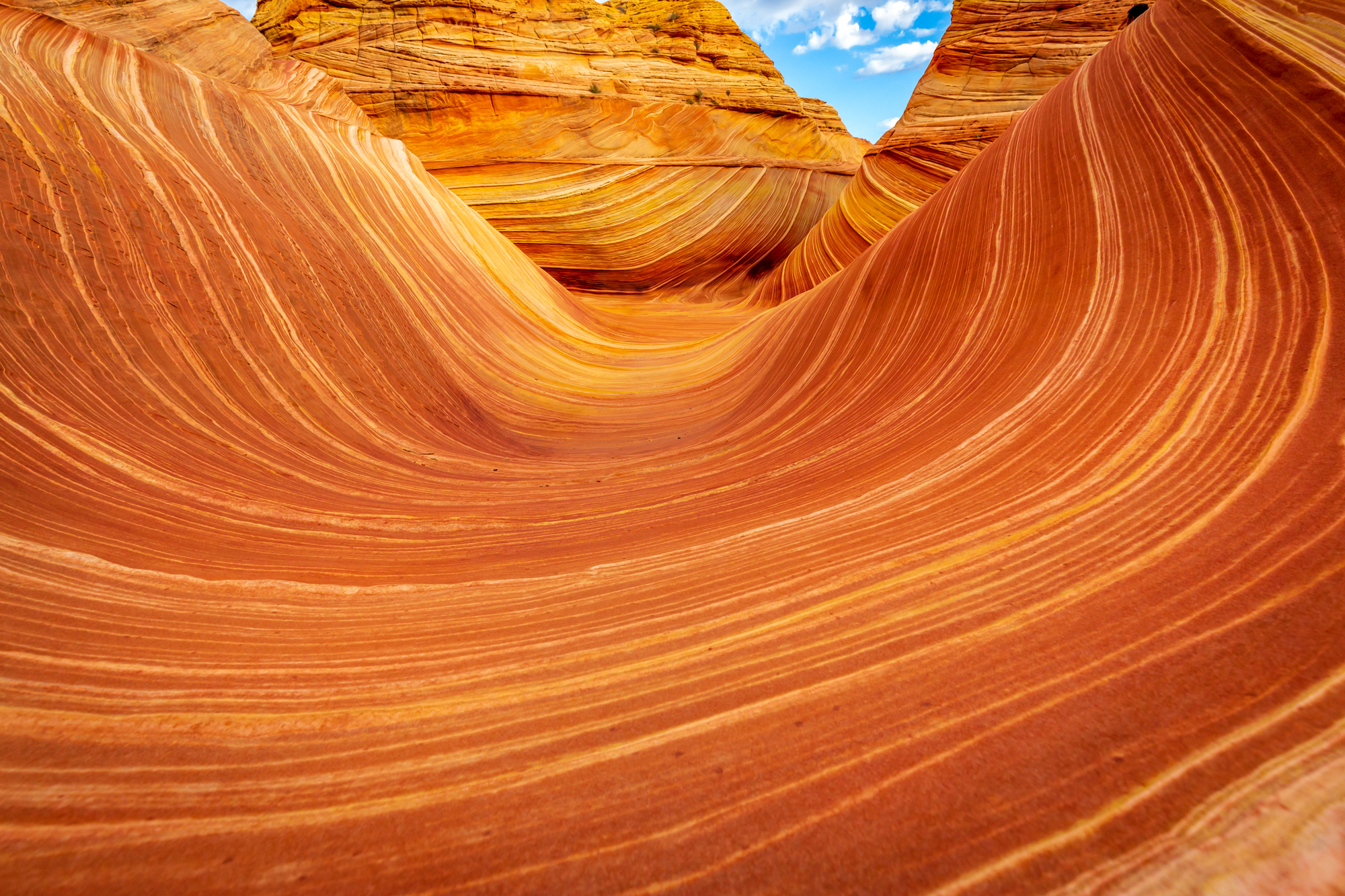
Hidden within the Paria Canyon-Vermilion Cliffs Wilderness, this remarkable sandstone formation resembles a frozen ocean wave captured in striated red and yellow stone. Access requires winning a highly competitive permit lottery and navigating unmarked desert terrain without formal trails.
The limited entry system maintains the pristine quality of the landscape while creating a profound experience for the fortunate few who witness its undulating patterns shaped by millions of years of erosion.
Like Travel Pug’s content? Follow us on MSN.
The Enduring Appeal of Discovery

These destinations remind us that genuine travel experiences still exist beyond the reach of mass tourism and social media influence. The joy of discovering places that remain authentic and unspoiled creates memories that last far longer than visits to overcrowded landmarks.
These hidden gems offer not just beautiful scenery but opportunities to connect with local cultures, natural environments, and ultimately ourselves in ways that conventional destinations rarely allow.
More from Travel Pug

- Cities Growing so Fast You Won’t Recognize Them in 10 Years
- 13 Destinations Where Tourists Regularly Regret Their Trip
- 20 Obscure WWII Sites Even History Buffs Don’t Know About
- 10 Under-the-Radar Mountain Towns That Are Both Affordable and Beautiful
- Remote Villages in Europe Where You Can Live for Free in Exchange for Work
Like Travel Pug’s content? Follow us on MSN.
